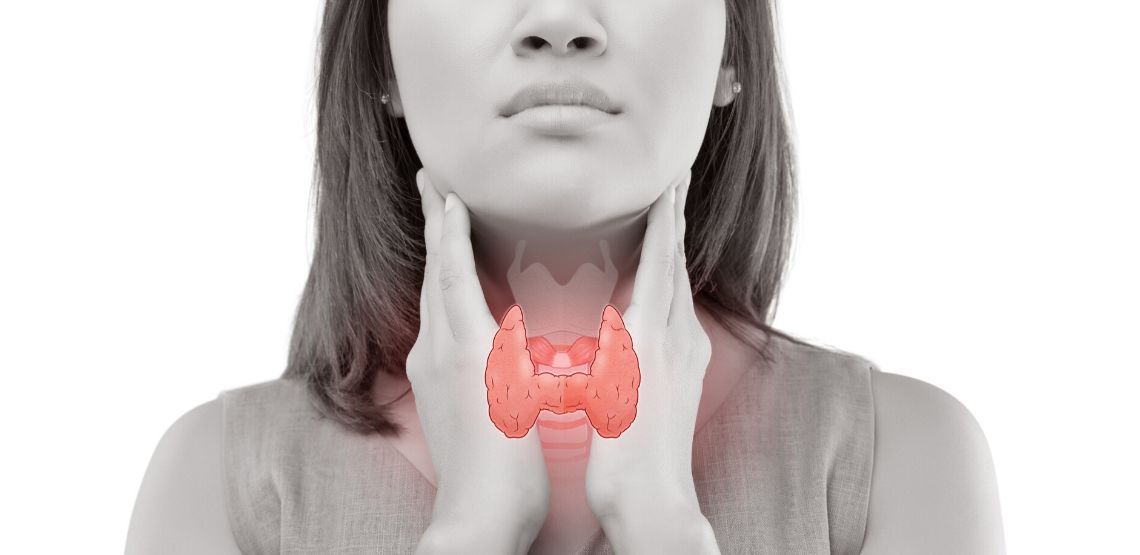Understanding Crohn’s Disease Symptoms
Crohn’s disease is an inflammatory bowel disease that affects the gastrointestinal (GI) tract. While there is currently no cure for Crohn’s disease, it can be successfully managed, allowing you to live a healthy, active life. The inflammation can lead to symptoms including abdominal pain, fatigue, severe diarrhea, weight loss and malnutrition.
The symptoms of Crohn’s disease are often quite painful, and in some cases, can be debilitating. In rare cases, it can result in life threatening complications. Crohn’s disease affects different parts of the GI tract in different people, but it most commonly affects the small intestine and colon.
Causes of Crohn’s Disease
The cause of Crohn’s disease remains unknown, however, it is often thought of as an autoimmune disease. It is important to note that researchers believe that the chronic inflammation may be due to the immune system attacking harmless bacteria, virus, or food in the gut.
While the cause of Crohn’s disease remains unknown, various risk factors for the development of the disease have been established, including:
- Genetics: People with direct family members who suffer from Crohn's disease are more likely to develop the disease.
- Environmental Factors: The environment, specifically lifestyle factors including smoking, medication use (nonsteroidal anti-inflammatory drugs), consuming a diet high in fat or processed foods, infections with E.Coli and Mycobacterium avium, are correlated with the development of Crohn’s disease.
- Immune Disorder: Intestinal barrier is the first line of defense of the mucosal immune system. There is a symbiotic relationship of the hundreds of microbial species, generally classified as commensal microbiota (good) and microbial pathogens (bad). Disturbance of the microbial ecosystem triggered by environmental factors cause a disturbance in the intestinal barrier leading to an adaptive immune response because of diminished diversity of commensal microbiota. This can result in dysbiosis, damage and inflammation.
Signs and Symptoms of Crohn’s Disease
People with Crohn’s Disease often go through periods when the disease presents with few or no symptoms (remission period), alternating with times when the disease is active and causing symptoms (flares). Symptoms can be correlated to the affected portion of the intestine.
- Ileum and Colon: Diarrhea, cramping, abdominal pain and weight loss are the most common symptoms.
- Colon: Diarrhea, rectal bleeding, perirectal abscess (infection), fistula, perirectal ulcer. This can present with skin lesions and arthralgias (pain in a joint).
- Small Bowel: Diarrhea, cramping, abdominal pain, weight loss.
- Gastroduodenal region: Nausea, vomiting, anorexia (lack of appetite), weight loss.
Extra-intestinal manifestations and symptoms occur in 30% of the patients and affect organs apart from the gut, such as the joints, skin, eyes and hepatobiliary system. Extra-intestinal symptoms may include:
- Musculo-skeletal: Arthritis (inflammation of the joints), arthralgias (pain in a joint), periostitis (inflammation of bone).
- Skin and Mouth: Reactive lesions such as erythema (redness of the skin or mucous), aphthous ulcers (mouth ulcers), fissures, fistulas.
- Hepatobiliary: Primary sclerosing cholangitis (inflammation of the bile duct), bile-duct carcinoma, cholelithiasis (gallstones in the gallbladder).
- Ocular: Uveitis or iritis (inflammation of iris), episcleritis (inflammation of episclera), scleromalacia (degenerative thinning of the sclera), corneal ulcers (open sore on the cornea), Crohn keratopathy. These symptoms may cause blurring of vision or blindness.
- Metabolic: Growth retardation, delayed sexual maturation.
- Blood and Vascular: Anemia (decrease or alteration of red blood cells), leukocytosis (increase in the total number of white blood cells), thrombocytosis (increased platelet count), cutaneous vasculitis (inflammation of cutaneous blood vessels), hyposplenism (reduced splenic functioning).
- Nutritional deficiencies: Acrodermatitis enteropathica (zinc), purpura (vitamin C and K), glossitis (vitamin B), hair loss and brittle nails (protein).
Patients with Crohn’s Disease are at an increased risk for early small bowel and colorectal cancer. The risk is even higher with a family history of sporadic colorectal cancer, uncontrolled inflammation, shortened colon and multiple pseudopolyps.
Colonoscopies should be done every one to two years, and when normal, every one to three years thereafter. After 20 years, the screening frequency defaults to the initial schedule. Patients with primary sclerosing cholangitis are especially at risk for right-sided colorectal cancer and should undergo annual screening.
When to see a Doctor
You should consult your doctor if you suffer with chronic, or frequent, GI symptoms including:
- Blood or mucus, or both, in stool
- Abdominal cramps
- Diarrhea
- Unexplained weight loss.
Your doctor will take a detailed history of your symptoms and perform a thorough physical examination. Also, they may order a variety of tests to confirm a diagnosis of Crohn’s disease. Tests that may be ordered include:
- Blood tests – to check for anemia and infection.
- Fecal occult blood test – to look for blood in your stool.
- Colonoscopy – to look for clusters of inflammatory cells (granulomas).
- Computerized tomography (CT) – to provide better imaging of the GI tract.
- Magnetic resonance imaging (MRI) – to provide better imaging of the GI tract (this is especially useful when evaluating a fistula).
- Capsule endoscopy – to take pictures of your small intestine to look for signs of Crohn’s disease.
- Balloon assisted enteroscopy – to look further into the small intestine for abnormalities.
Treatment options for Crohn’s disease may include anti-inflammatory drugs, immune system suppressors, antibiotics, other medications (anti-diarrhea medicine, pain relievers, iron supplements, vitamin B supplements, calcium and vitamin D supplements), as well as nutritional support, and in some cases, surgery.
In Conclusion
Once you have received a diagnosis of Crohn’s disease, treatment is aimed at controlling inflammation in an effort to reduce your signs, symptoms and minimize your risk of complications. It is important to keep in mind that no single treatment works best for everyone, so your doctor may need to try a variety of treatment options to get your symptoms under control.


